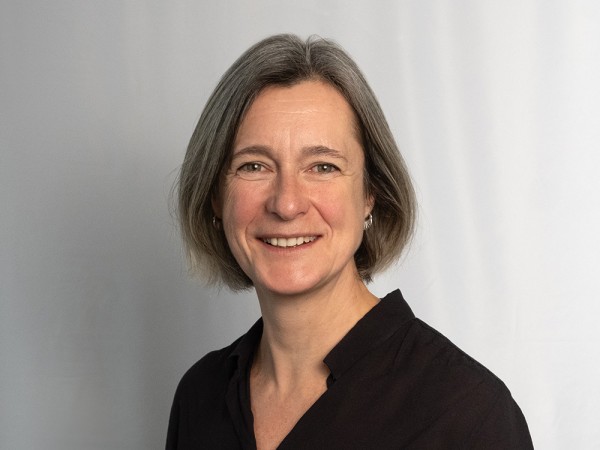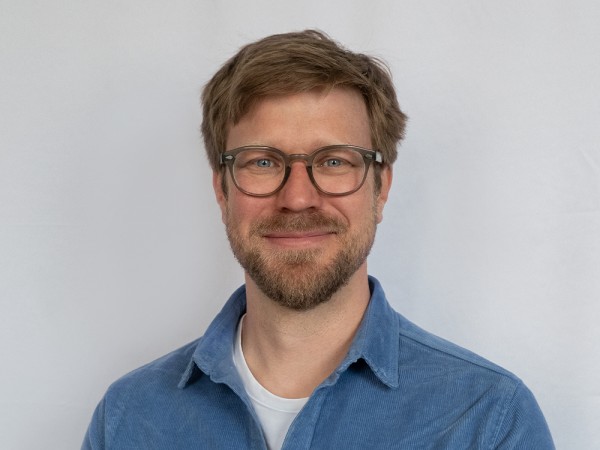Project Objectives
The objective of the project FLUSSHYGIENE is to gain a clearer understanding of the entry paths and dynamics of hygienic loads and thus to subsequently elaborate a sound basis for decision-making as well as the tools for managing multifunctional flowing waters in a way that the highest possible protection of public health can be guaranteed without compromising their economic functions. The project focusses on temporarily occurring hygienic loads against the background of the implementation of the revised EC Bathing Water Directive. The aim is to develop suitable tools to predict short-term pollution events, but also to evaluate long-term management measures with regard to their effectiveness and their cost-benefit ratio.
Scope of project
The tasks are performed in four reference areas with different initial situations: The Spree-Havel-system in Berlin, the Ruhr in North Rhine-Westphalia, the Rhine and Moselle in Rhineland-Palatinate and Isar and Ilz in Bavaria. Following the assessment of the status quo, a comprehensive measurement programme is prepared and implemented in order to close existing knowledge gaps. To quantify short-term pollution events, event-related sampling at known point sources and so-called hotspots (bathing areas, bank filtration sites) are performed. Both physico-chemical parameters, microbial indicator organisms and pathogens (viruses, bacteria, parasites) are measured. Moreover, focus is put on the identification and quantification of the relevant processes in the water bodies which influence the dynamics of hygienic loads along the flow path. Besides the quantification of the processes grazing(microzooplankton grazing), sedimentation/re-suspension and UV exposure in the laboratory, the chronological development of the a.m. parameters is examined in situ by means of the “the flowing wave”.
Various stochastic and deterministic modelling approaches are developed and/or tested for their application in the reference areas. The models are supposed to reveal the parameters leading to increased occurrence of microbial contamination. The resulting risks are quantified by means of a quantitative microbial risk analysis.
The results and models are applied in practice to the reference areas in the following steps:
Cost-benefit analysis of the measures packages developed (Ruhr, Spree / Havel) in terms of a preventive protection of bathing persons
Development of early warning systems for all reference areas
Demonstration of a conflict-free approach concerning the opening of new bathing sites.
The results obtained in the different reference areas will be transferred to the “Guidelines for Monitoring and Dealing with Short-term Pollution Events” applicable also to other regions in Germany. In addition, a “Checklist for the Designation of New Riverine Bathing Waters” will be developed.
The project is being co-financed by Berliner Wasserbetriebe.
The project is managed by the Project Management Agency Karlsruhe (PTKA).
When embedding this video, cookies from third parties may be set. You must agree to this if you want to watch the video. You can change your decision later in the privacy settings.

Das Projekt Flusshygiene (FKZ 02WRM1364A) ist eines von 14 Verbundprojekten in der BMBF-Fördermaßnahme "Regionales Wasserressourcen-Management für den nachhaltigen Gewässerschutz in Deutschland (ReWaM)".
ReWaM ist Teil des BMBF-Förderschwerpunktes "Nachhaltiges Wassermanagement (NaWaM)" im Rahmenprogramm "Forschung für Nachhaltige Entwicklung (FONA3)".
Das Projekt wurde ab 7/2018 um 12 Monate verlängert, um die entwickelten Produkte zu digitalisieren und anschließend über die Webpräsenz des Umweltbundesamts online zur Verfügung zu stellen.
Das Vorhaben wird durch das BMBF gefördert und von den Berliner Wasserbetrieben kofinanziert.




- On the implementation of reliable early warning systems at European bathing waters using multivariate Bayesian regression modelling
- Relevance of Different CSO Outlets for Bathing Water Quality in a River System
- Implementation of reliable early warning systems at European bathing waters using multivariate Bayesian regression modelling
- Addressing and reducing parameter uncertainty in quantitative microbial risk assessment by incorporating external information via Bayesian hierarchical modeling
- Quantifying microbial contamination in urban stormwater runoff



